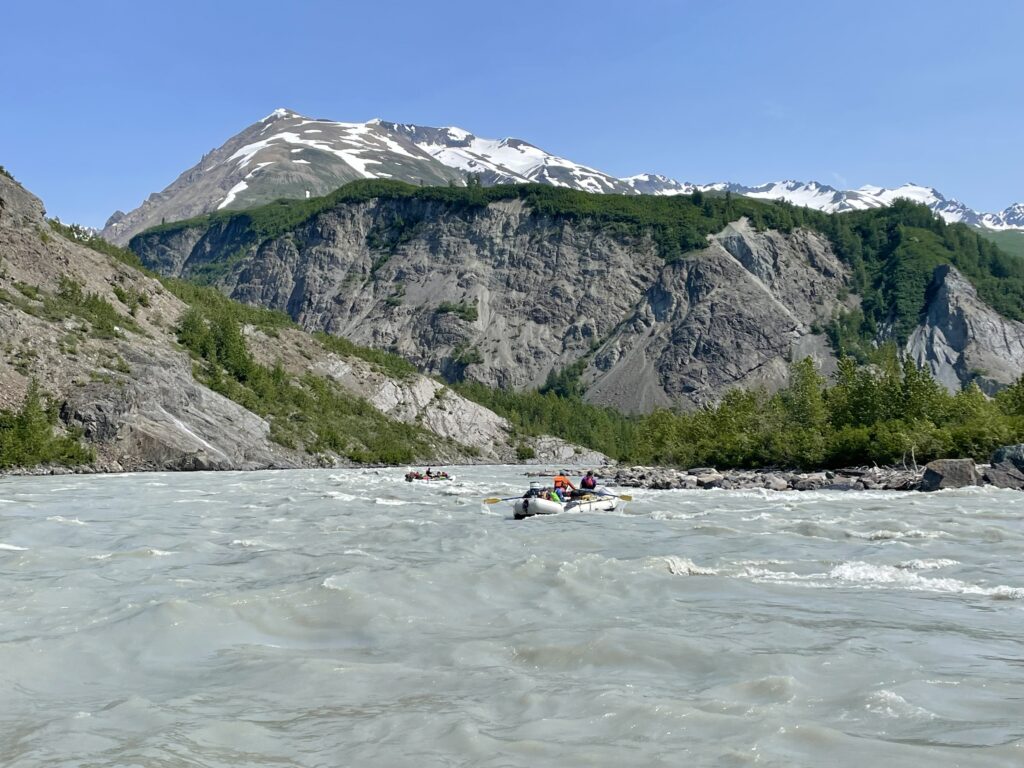
As someone who has spent his career working to save rivers, I’ve had the opportunity to explore some of the most spectacular waterways North America has to offer. Some of my favorites include the Middle Fork Salmon River in Idaho, the Middle Fork Flathead River in Montana, the Skeena headwaters in British Columbia, and the Colorado River through the Grand Canyon.
While all these rivers are special, none, for me, compares to the Alsek. This remote, relatively obscure river flows for 174 miles from its headwaters in the Yukon Territory, across the northwest panhandle of British Columbia, then makes its final run to the Pacific Ocean through Alaska’s Glacier Bay National Park. Among its superlatives, the Alsek traverses the largest non-polar icefield, the largest protected wilderness area, and the second highest coastal mountain range on the planet.
Back in 2012, a friend of mine from Montana who had guided on the Alsek for years invited my wife and me to join him on a private trip down what he called “the wildest river on earth.” We jumped at the opportunity, and that August, fourteen of us embarked on an epic two-week adventure. The thing I remember most about that trip was the bears – we saw 53 of them, including one large male grizzly that charged full speed into our camp when we were cooking bacon on the first morning.
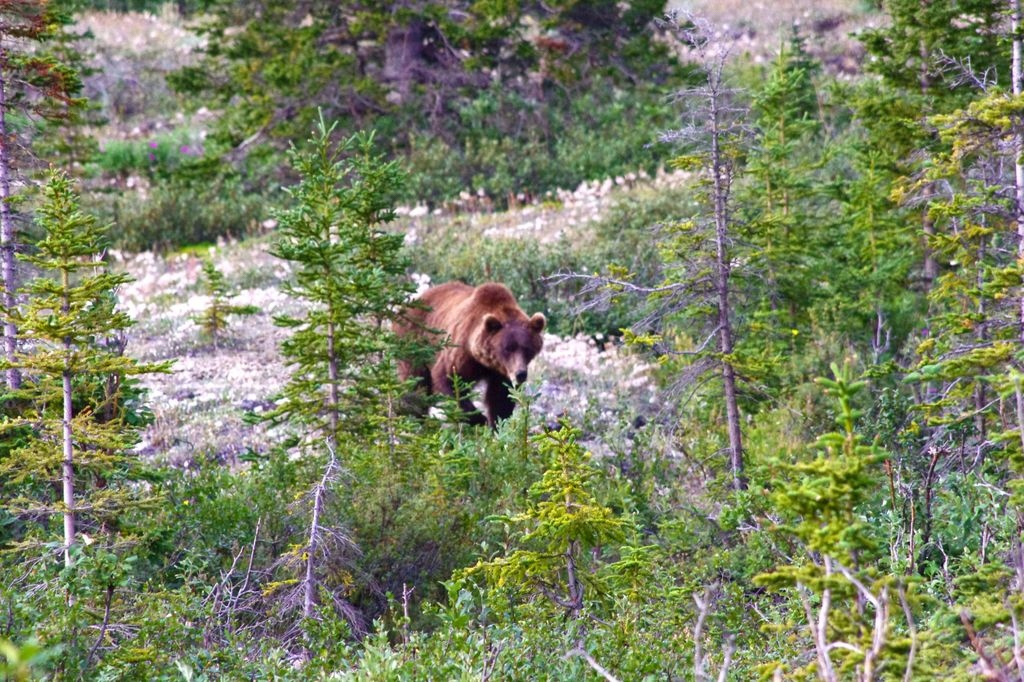
There are precious few trips that are truly life-changing. That trip down the Alsek was one of them for me. I had to totally recalibrate my concept of wildness.
I never thought I’d get a chance to return to the Alsek. But then a few months ago, American Rivers’ President, Tom Kiernan, had to drop out of an Alsek River donor trip due to an injury. The main purpose of the trip was to discuss with our supporters how we plan to expand our river protection work in Alaska. I was asked if I could take his place. I felt terrible for Tom because I knew how much he was looking forward to this trip, but I could barely contain my excitement at the prospect of returning to the river that had so captivated me.
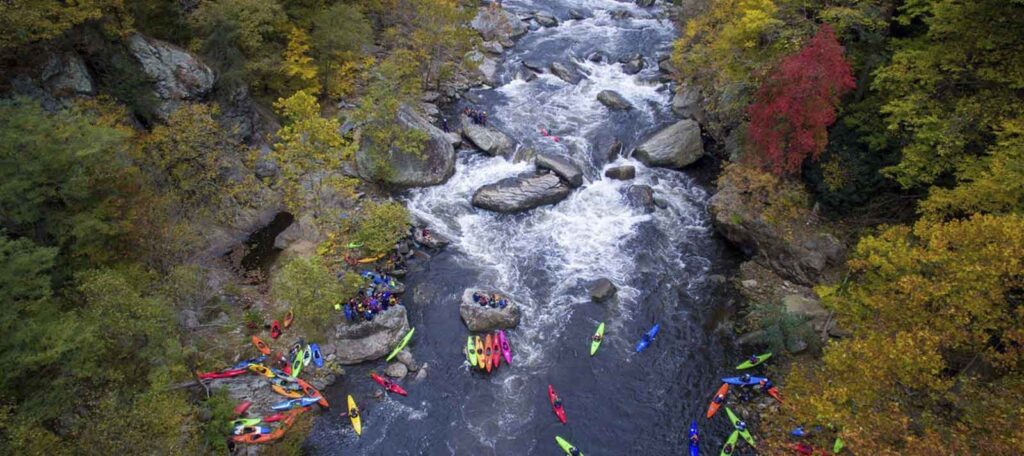
Let's Stay In Touch!
We’re hard at work for rivers and clean water. Sign up to get the most important news affecting your water and rivers delivered right to your inbox.
So, on the summer solstice, my wife and I flew from our home in Montana to Juneau, Alaska, where our adventure began. Early the next morning, we boarded the ferry for the four-hour trip up the Lynn Canal to Haines, where we met the other trip participants and guides at the historic Hotel Halsingland that evening. As the guides handed out personal river gear to everyone, I felt the same giddy anticipation that I felt 12 years ago.
Our expedition team included five highly skilled guides from Haines Rafting Company; American Rivers’ Northwest Regional Director, Sarah Dyrdahl; a mother-daughter duo from Wyoming; a retired couple from Sitka, Alaska; a gentleman in his 70s from California who once hiked the entire the Pacific Crest Trail; another gentleman in his 70s from Florida who had never camped before; a whip-smart young investor from Colorado; a professional photographer from Haines; and my wife and me.
The following morning, we made the three-hour drive to Haines Junction in the Yukon Territory, checking in at the international border station along the way. From there, we drove another hour on a rough four-wheel drive road to the put-in on the Dezadeash River. After loading our rafts in a light drizzle, we were finally ready to launch into the great beyond.
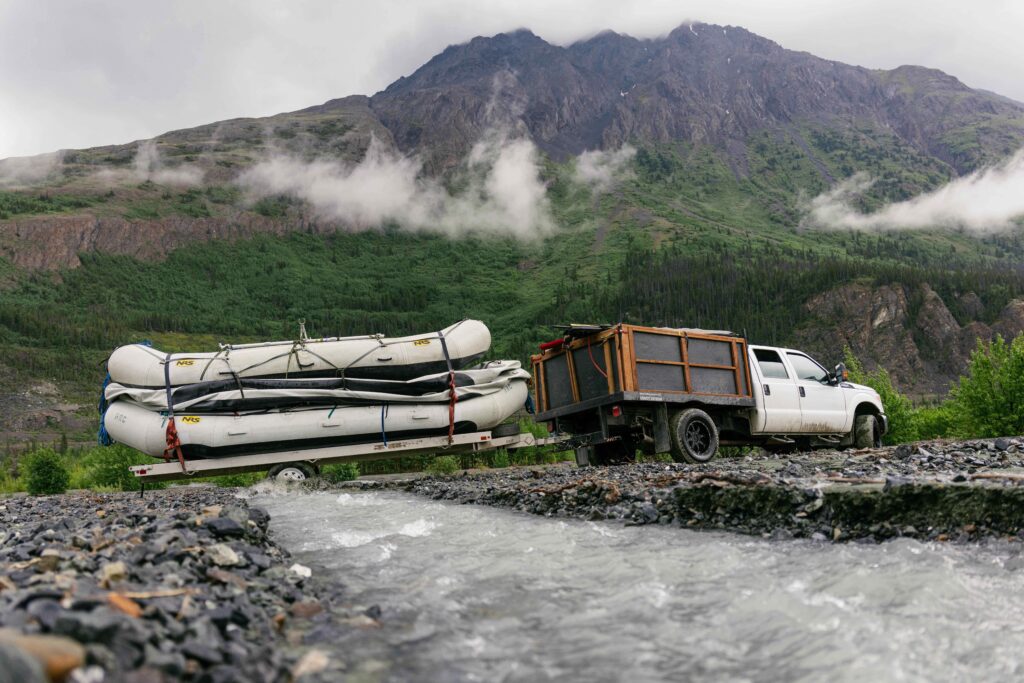
A few hours into our float, we spied a grizzly bear swimming across the river a few hundred yards downstream. It disappeared into a thick patch of willows on a peninsula right where we planned to camp for the night. “Here we go again with the bears,” I thought to myself. But the only large animals we saw that evening were a dozen trumpeter swans in a backwater slough.
For the next several days, we made our way down the upper Alsek, marveling at the glacier-polished landscape and soaking in the warm sunshine. As we approached our camp at Lava Creek, we pulled over at a familiar point on river right where one of our fearless team members, Ariana, took a swim in a gin-clear pond while the rest of us hiked around on the sand dunes and rock outcroppings. On that upper section of the river, the land is so freshly sculpted it feels like you’re floating through the Pleistocene. You half expect to see a wooly mammoth around each bend.
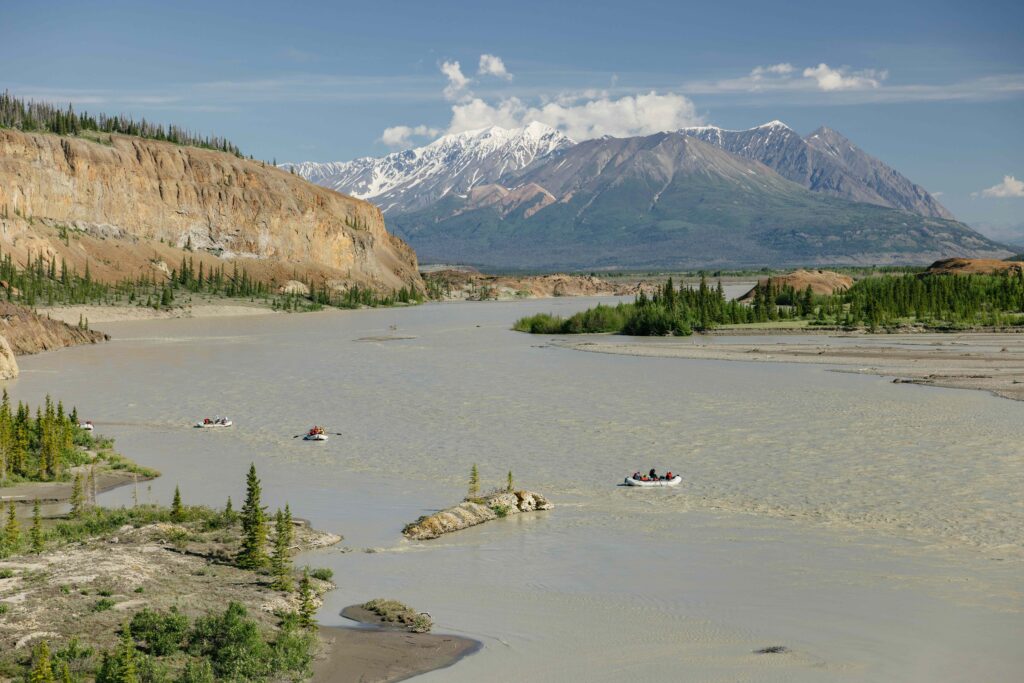
On day three of the trip, we arrived at iceberg-studded Lowell Lake, created by a 50-mile-long glacier that dammed the entire width of the river not long ago. Words can’t describe the beauty of this place. We camped beside the lake for two nights, spending our days hiking, swimming in off-channel ponds, and glassing for wildlife. We had planned to climb Goat Herd Mountain, which affords dazzling views of the 15,000-foot-high Hubbard massif, but a swollen side-channel of the river blocked our way. In the evenings when the sun dipped behind the mountains, we sipped tequila by the campfire and listened to the faint roar of distant waterfalls and the occasional thunderclap of calving icebergs.
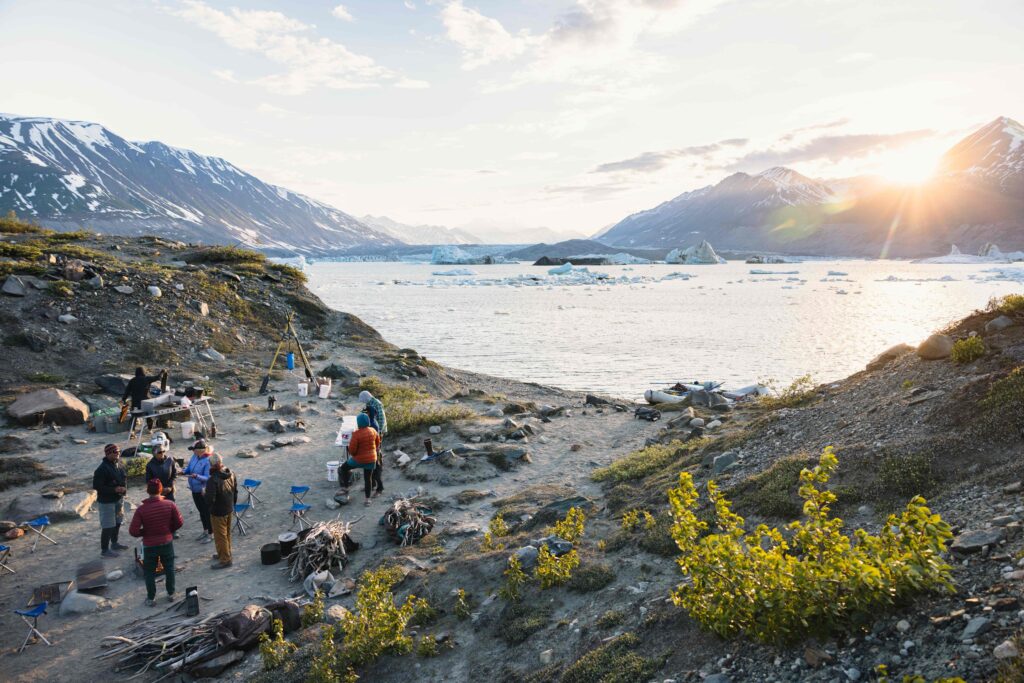
As we departed Lowell Lake through a maze of icebergs, we entered the most perilous whitewater section of the trip – first Sam’s Rapid, and then Lava North (named after the notorious Lava Falls rapid in the Grand Canyon). We pulled over on river left to scout our line through Lava North. You don’t want to flip your raft here, as the consequence is a long and harrowing swim in 35-degree water. Only after we made it through safely did we hear the story of one of our guide’s friends who did just that, got sucked down into a thundering hole, and “saw the darkness.” He hasn’t rowed the river since.
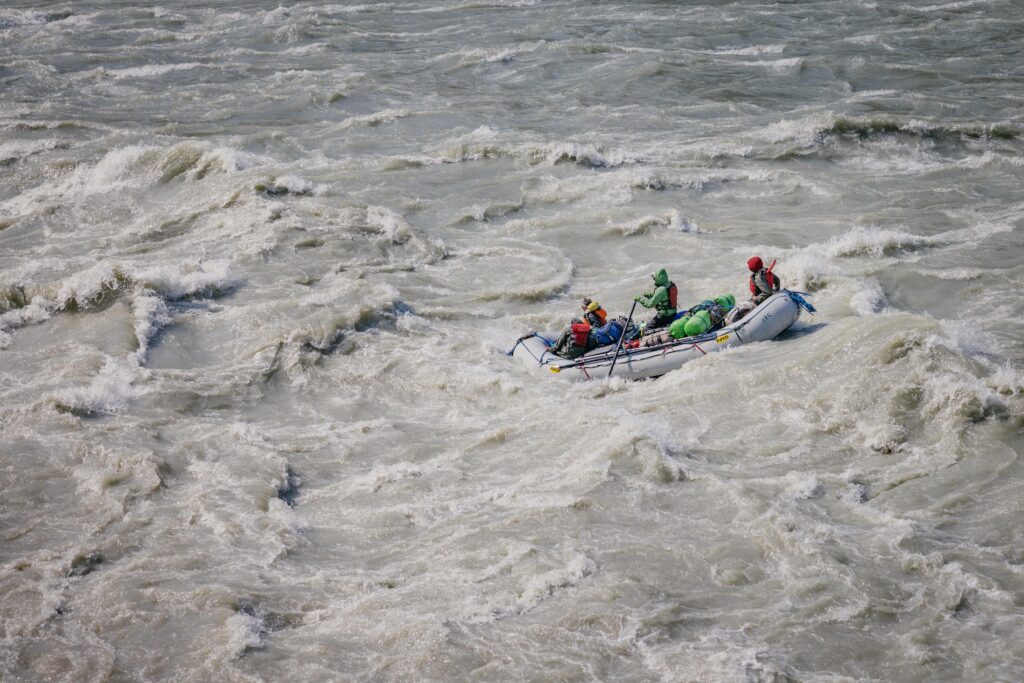
As we made our way downriver, both the mountains and the river grew in size, making our rafts seem like tiny specks in comparison. We arrived at the entrance to Turnback Canyon and pulled into the portage camp on river right. As we unloaded our gear from the rafts, someone noticed a chocolate-brown sow grizzly and her three cubs at the foot of an alluvial fan across the river. We took turns looking at them through binoculars for hours.
Later that afternoon, we took a short hike onto the Tweedsmuir Glacier until we got bogged down in knee-deep mud. The glacier hems the Alsek River against a waterfall-studded mountainside, turning it into an unrunnable maelstrom of whirls and boils. The only way rafters can get around the canyon is via a helicopter portage. So, we got up early the next morning, wolfed down breakfast, and laid out all our gear in neat piles so the helicopter could haul it in a cargo net dangling from a longline. Once the helicopter transported us and our gear around the canyon and onto a sandy island, we reinflated our rafts, reassembled the frames, and reloaded our gear. The whole operation took four trips and about three hours.
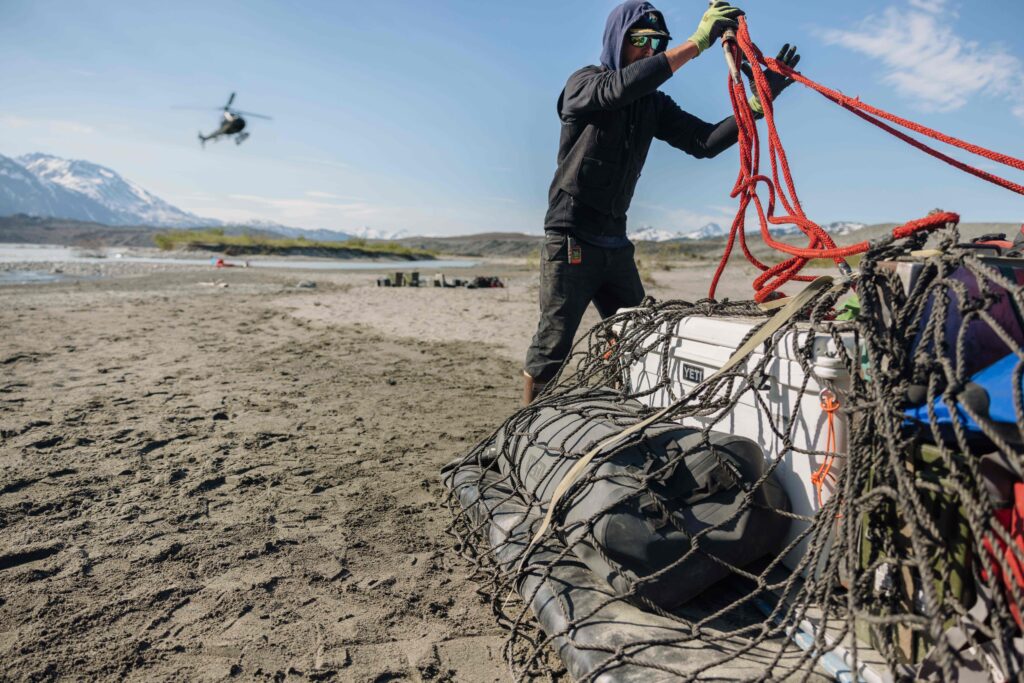
Downriver from Turnback Canyon, the climate rapidly changes from continental to coastal. As we made our way towards our camp at the confluence of the Tatshenshini River, we added layers of clothing to ward off the damp chill. The confluence is one of those power spots that heightens all your senses and makes you feel incredibly alive. On maps, it is known as the Center of the Universe because there are petroglyphs carved into a rock outcropping on a nearby island that tell the story of how the world was created.
Before we departed the confluence camp, we gathered in a circle on the beach to share the story of how, over three decades ago, U.S. and Canadian conservationists fought off the proposed Windy Craggy copper mine. At the time, it was called the most environmentally destructive project ever proposed in Canada. It would have lopped off the top 2,000 feet of Windy Craggy Peak, sending acid mine drainage into the Tatshenshini and lower Alsek rivers, devastating their salmon fisheries. After a long battle, the Canadian government designated the Tatshenshini-Alsek Provincial Wilderness Park in 1993, closing the door to future mining. A year later, the area was designated as a UNESCO World Heritage Site.
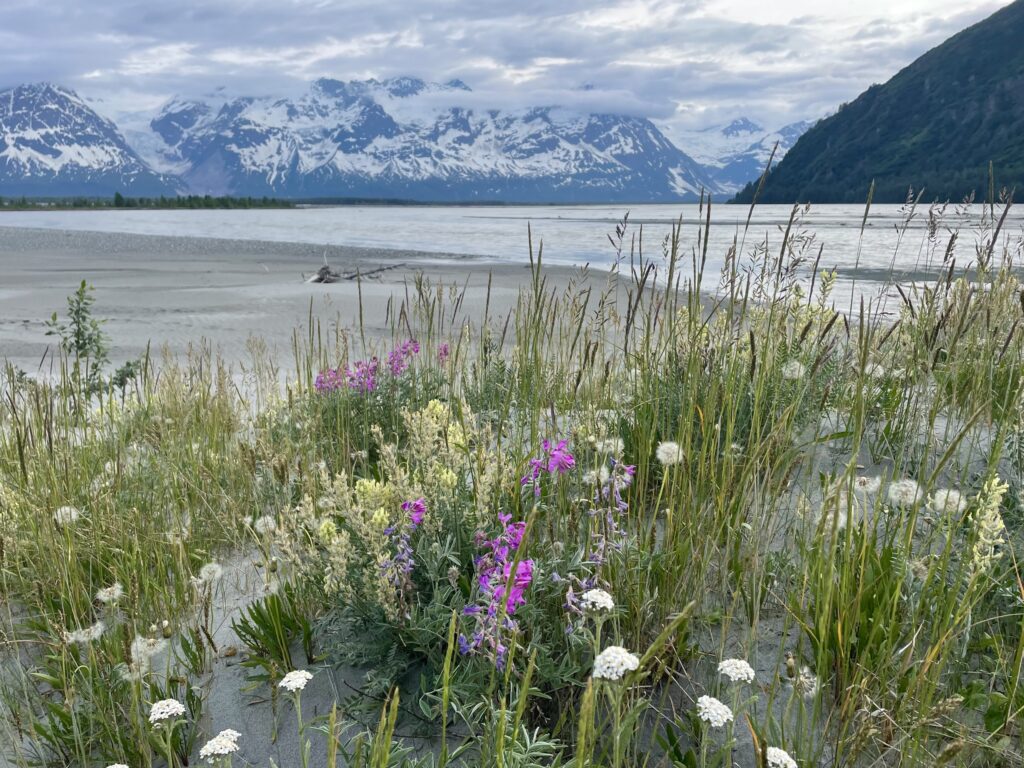
Below the confluence, the Alsek doubles in size and glaciers and waterfalls plunge into it from every direction. While there are no large rapids in this reach, rowers must stay laser focused and follow the deepest channel in the labyrinth of braids, lest you run aground on a submerged sandbar or worse yet, get carried across the floodplain and separated from the group. In the latter case, you might not reconnect with your party until the next day.
The last major landmark on our trip was Alsek Lake, the entrance to which is marked by a distinct promontory known as Gateway Knob. You can enter the lake through one of three doorways. We chose door #3, to the right of the knob, because you can get your rafts trapped in a dangerous traffic jam of constantly shifting icebergs if you enter through the other routes. We set up camp on a wildflower-spangled beach, then scrambled up to the top of the knob through a dense forest of alders and devil’s club. From that vantage point, we could absorb the grandeur of the landscape we had traversed over the past two weeks – the huge, silt-laden river slithering across its floodplain like a thousand snakes, the massive glaciers pouring off the Fairweather Range, and the giant icebergs sailing across the lake like frozen ocean liners.
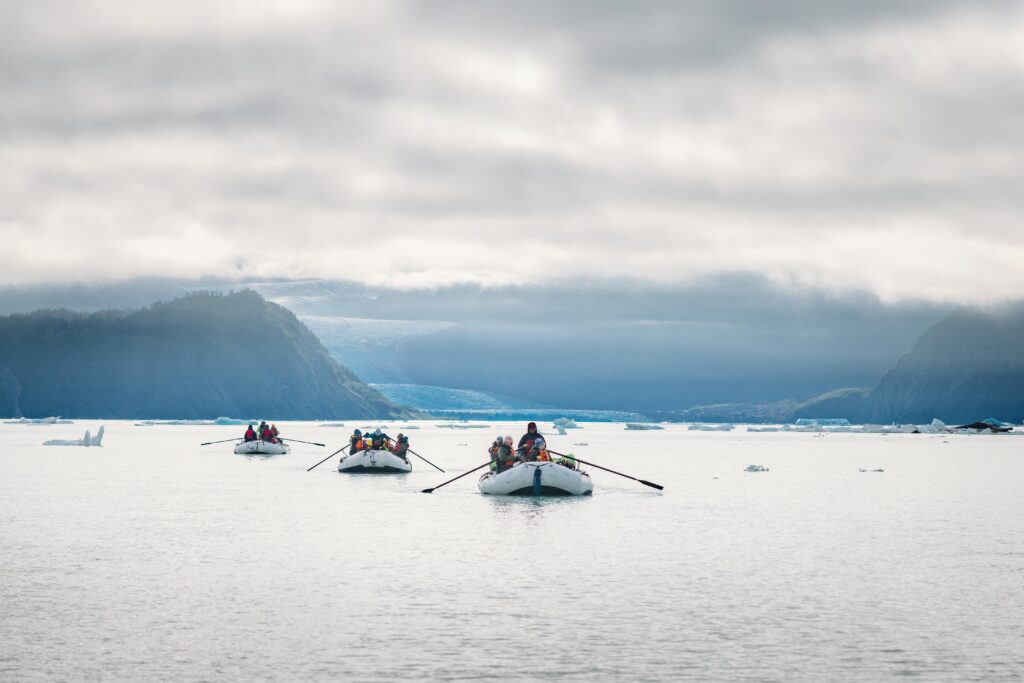
On our last morning, we rowed across the outlet of the lake in a silvery fog, then made our way downriver, escorted by icebergs that occasionally would hit the bottom, rear up, and then roll over. Arriving at the takeout near Dry Bay, we formed a firemen’s line to unload our gear from the rafts for one last time. Soon, our bush plane would arrive and fly us up the coast to Yakutat where we would say our farewells, catch our commercial flights, and go our separate ways.
Epilogue – On July 20, two weeks after our trip ended, a small plane carrying our bush pilot, Hans Munich, and his partner, Tanya Hutchins, disappeared on Mt. Crillon in the Fairweather Range in poor weather conditions. A few days later, the U.S. Coast Guard called off the search for the plane and its occupants. Our hearts go out to all who knew them.
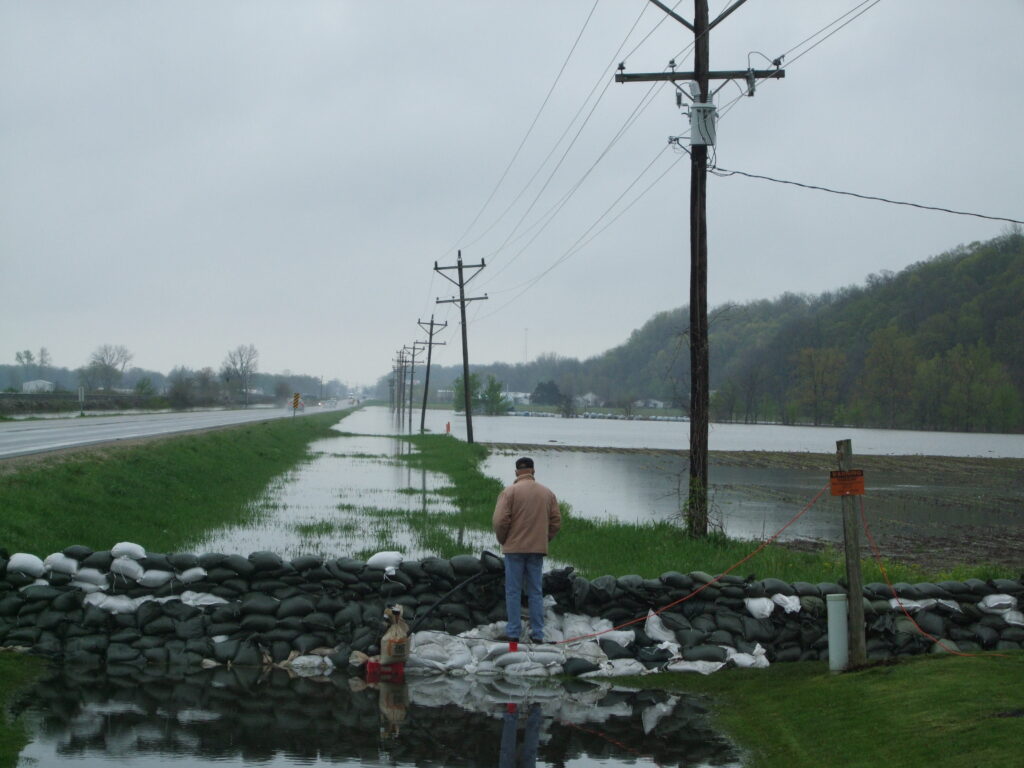
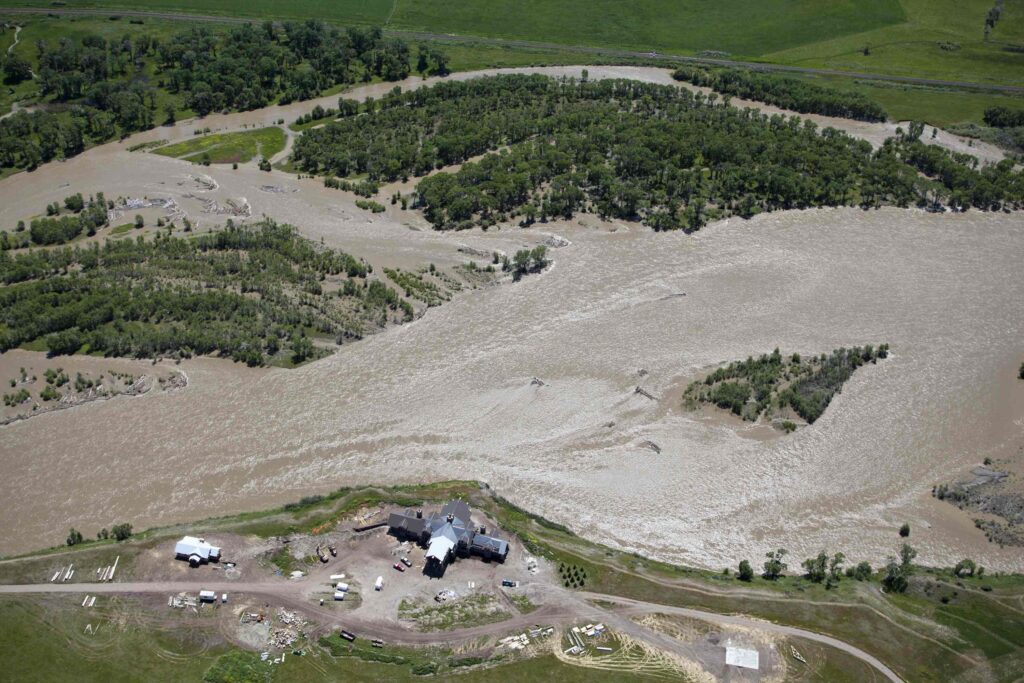
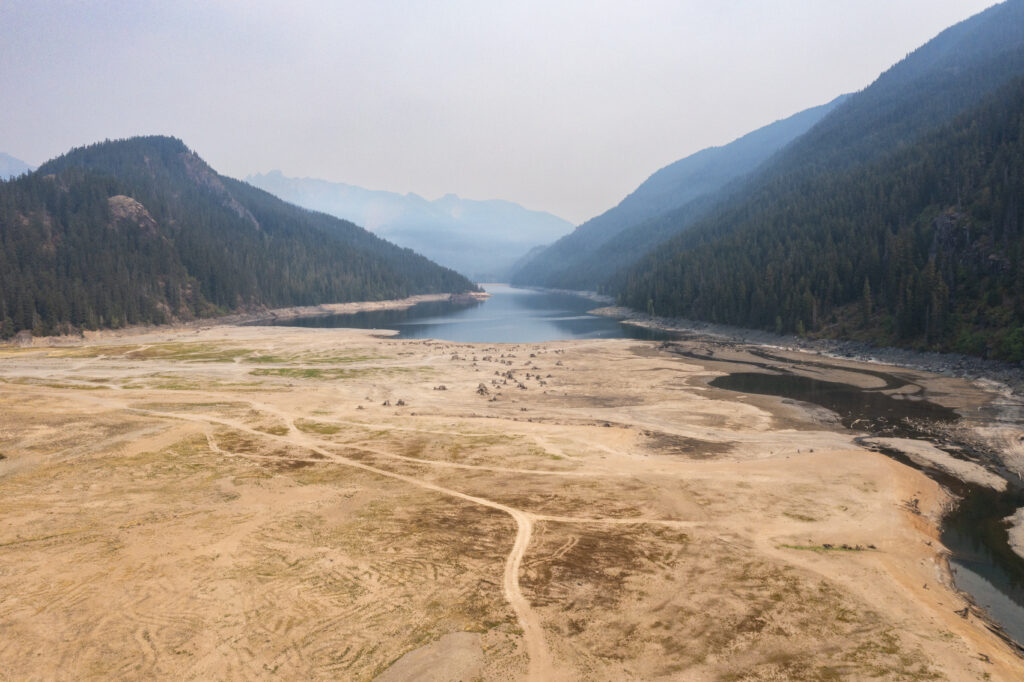
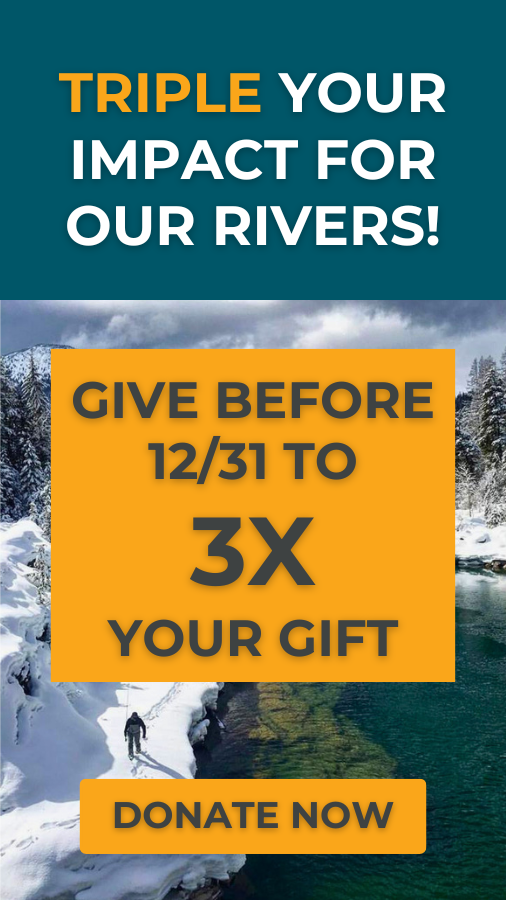

1 response to “A Journey Down the Wildest River on Earth”
Good story Scott. I didn’t know about Petroglyph Island.
I’ve done the Tat 2 times but have the upper Alsek on my bucket list I guess.